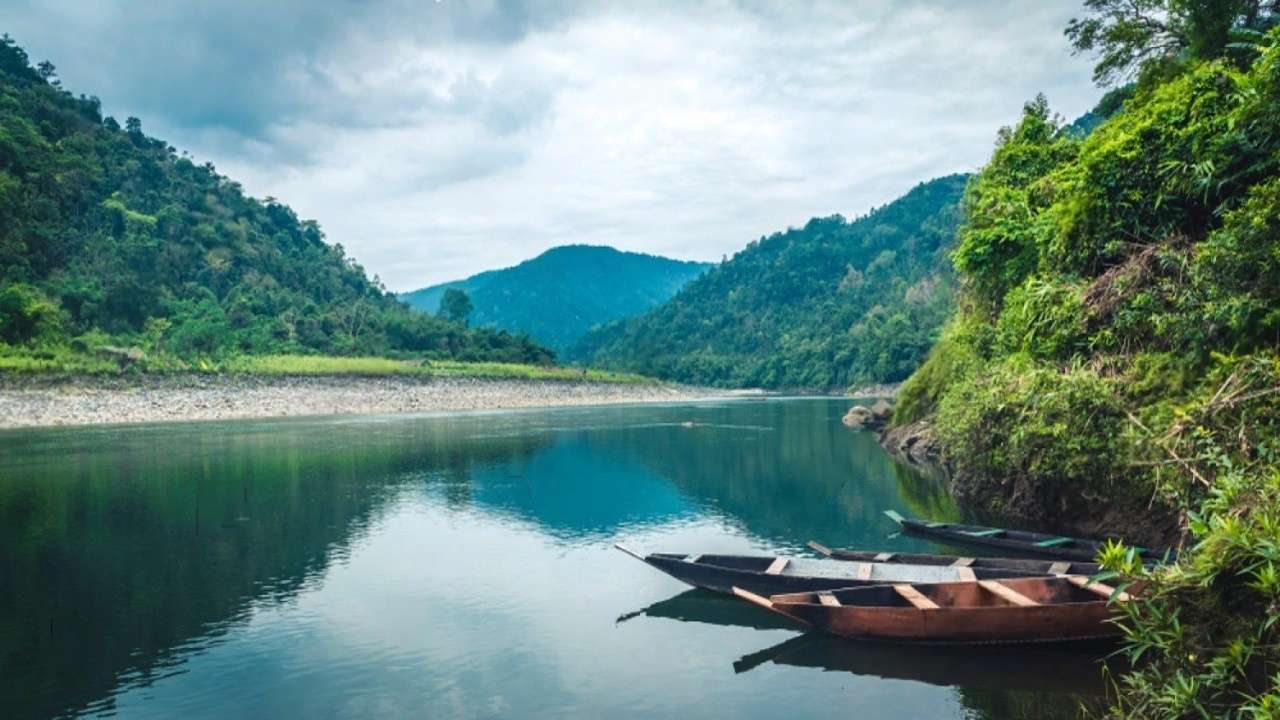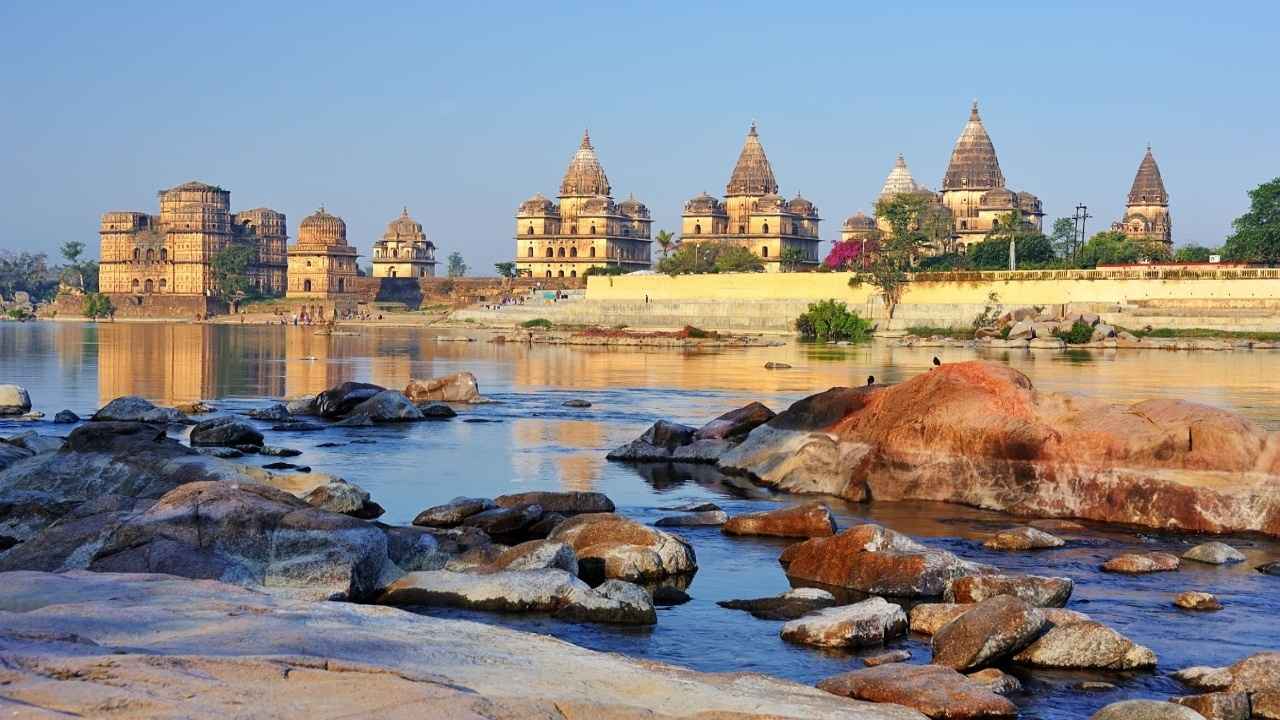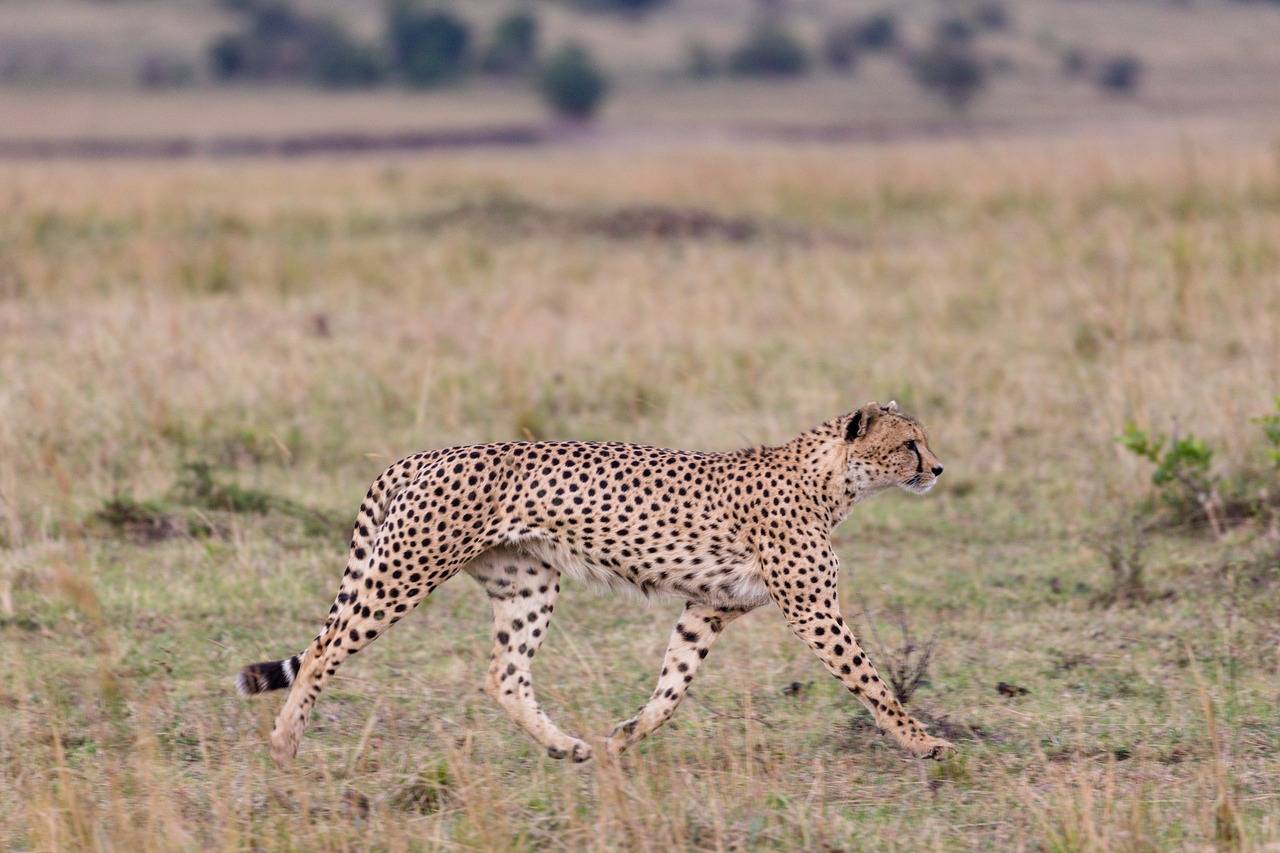
You might wonder what the exact number of national parks in India is. Right? Besides other local and mini-parks, 106 national reserves protect wildlife in India. Moreover, national parks surround 1.35% of the country’s geographical area.
The famous national parks of India are Chinnar Wildlife Sanctuary, Keoladeo National Park, Satpura National Park, Kaziranga National Park, Nagarhole National Park, and many more—the list never ends! Plus, the oldest national parks, like Corbett National Park, Kanha National Park, Tadoba National Park, and Madhav National Park, still maintain their structures.
Join us as we explore the best wildlife parks across India and discover their amazing biodiversity! Once you find out their interesting facts, you’ll be planning a visit to your favorite national park. Let’s start!
National Parks of India
A national park is a particular area to protect wildlife and nature. You can’t build any hunting activity, building, logging, or farming there. Interestingly, the government chooses that area as a national park with the most important natural features. All these parks have clear boundaries, and no one can own them.
What’s more, these types of parks are small and cover 100 to 500 square kilometers. They have only one focus to protect natural life. Also, India is rich in biodiversity each state has at least one national park. Each park has its unique animals and plants.
The government sets up national parks. The aims of these parks are to:
- Preserve wildlife
- Maintain natural balance
- Protect plants and animals
Madhya Pradesh and the Andaman & Nicobar Islands have the maximum number of National Parks, with nine each. The stunning natural beauty of these parks and sanctuaries draws millions of tourists every year.
Interesting Facts About National Parks of India
The interesting facts about some of the national parks are listed below:
- The smallest national park is the “South Button Island National Park.” It lies in Nicobar & Andaman Island.
- The most prominent national park in India is “Hemis National Park.” It lies in Jammu & Kashmir.
- Rann of Kutch in Gujarat is the largest wildlife sanctuary in India.
- Bor Tiger Reserve in Maharashtra is the smallest wildlife sanctuary.
Embark on a Wild Adventure – National Parks!
India is bursting with incredible wildlife, from lush forests to diverse animals. Explore these natural wonders, whether a peaceful walk in the woods or thrilling encounters with majestic creatures in National Parks.
No matter the adventure, forests, parks, and wildlife are essential parts of India’s identity, just like temples, mosques, and historical sites. They’re like colorful threads in the beautiful tapestry of this amazing country! Let’s delve a little deeper!
1. Kaziranga National Park – Assam

Kaziranga National Park is one of the oldest parks in India. It opened in 1905 and is located on the floodplains of the Brahmaputra River. Initially, it was created to save the greater one-horned rhinoceros from extinction. Poachers often target rhinos because their tusks are precious on the black market.
If you want to visit this national park and see Rhino, you can go every month between November and February. Kaziranga National Park is home to about two-thirds of the world’s rhino population. Apart from Rhinos, you can also eye-witness many tigers.
Dense forest and elephant grass provide perfect hiding spots for tigers. This park also includes many endangered species, such as river dolphins, swamp deer, and wild buffaloes. Known as the “Serengeti of the East,” Kaziranga National Park offers vast open wilderness.
There are plenty of activities to enjoy, including jeep safaris, elephant-back rides, and boat safaris where you can see river dolphins. In addition to wildlife, the park has a beautiful Orchid Park. Furthermore, you can also explore many other sights near the park.
Nearby, you can explore attractions like Kakochang Waterfalls, beautiful tea estates, and tribal villages where you can learn about local traditions. Are you going from far-off places? Don’t worry; many guest houses around the park offer affordable and comfortable accommodations.
2. Satpura National Park, Madhya Pradesh
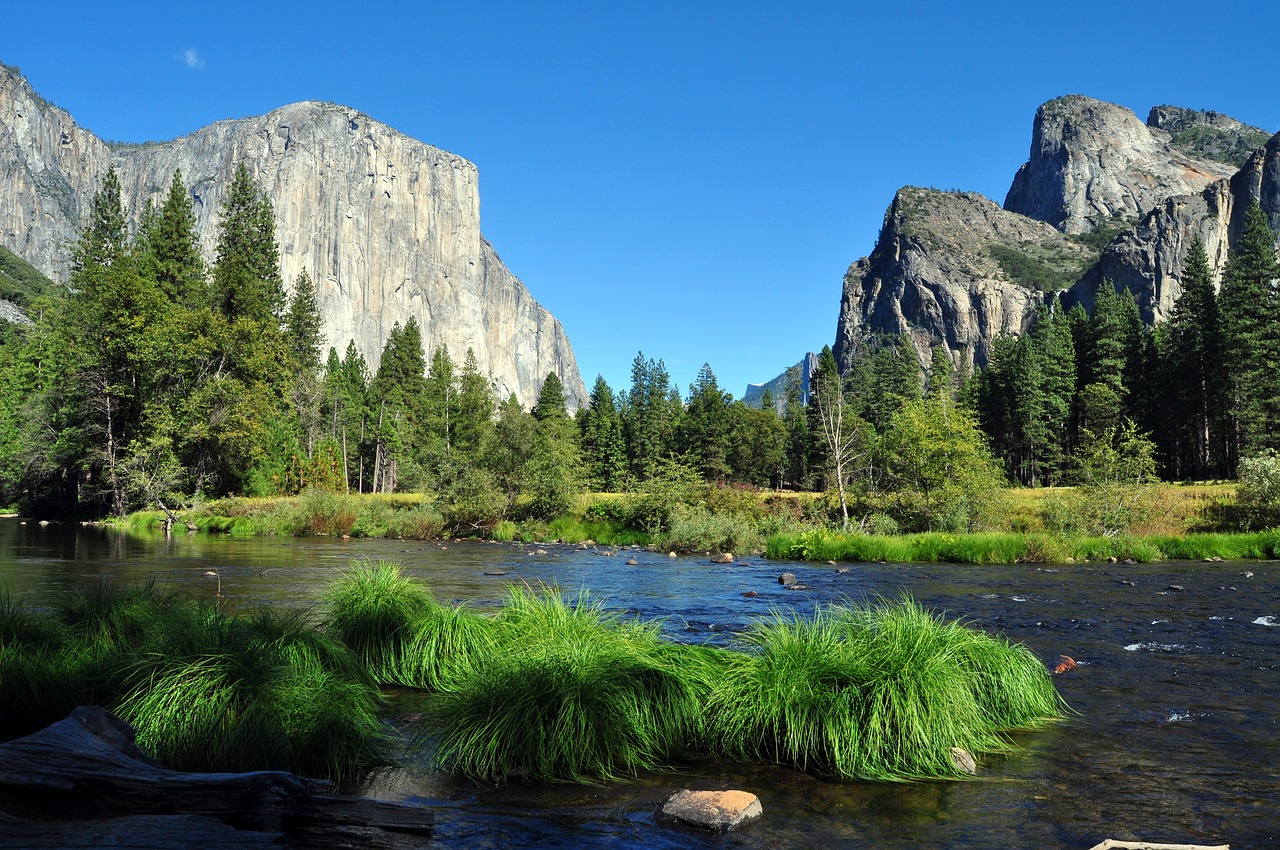
Are you a photographer who loves to capture animals? Congratulations—we have found a wonderful place! Welcome to Satpura National Park, situated in the highlands of central India.
It holds lush green forests and grasslands filled with waterfalls, hidden temples, canyons, and ravines. It’s one of India’s most beautiful wildlife sanctuaries and won the TOFT Wildlife Tourism Award in 2010 for being very visitor-friendly.
The park covers 550 square miles and is a safe home for many endangered animals, including tigers. As it lies in central India, you can enjoy moderate weather here. Moreover, the temperature ranges between 30 and 40 degrees Celsius between March and June. The monsoon season starts in July and ends in October, followed by winter.
The park is rich in biodiversity and home to many unique animals and plants. In Satpura National Park, you’ll find around 50 types of mammals, 30 types of reptiles, 250 kinds of birds, and at least 50 beautiful butterflies.
3. Nagarhole National Park, Karnataka
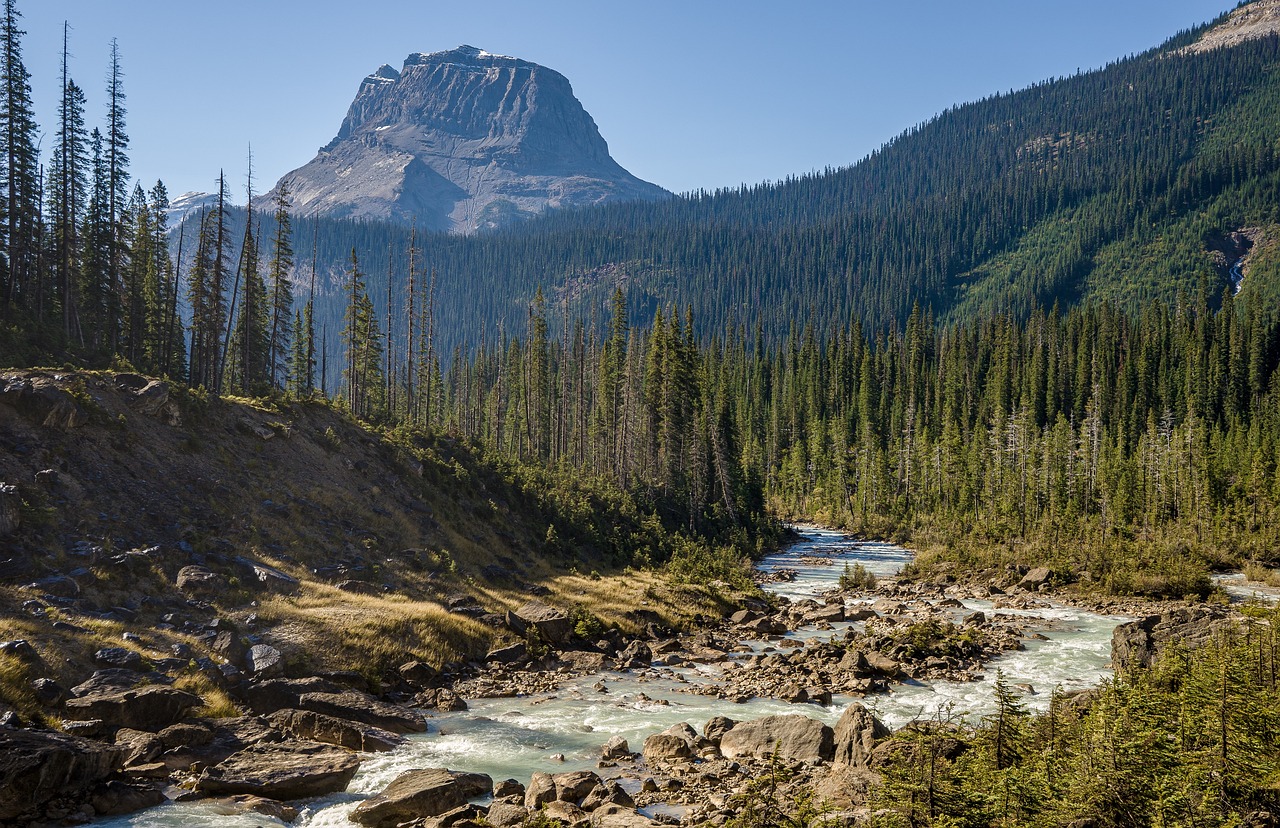
Nagarhole National Park in Karnataka is one of India’s top spots for tigers. Nestled by the Western Ghats, the park features marshlands, lush forests, teak and fragrant sandalwood trees, winding streams, and thick bamboo groves.
Exploring Nagarhole is an adventure-filled treat! Hop on a Jeep Safari, a top choice for spotting majestic big cats. Want a more leisurely wildlife encounter? Glide in a coracle to spy crocs, elephants, and vibrant aquatic birds.
Nagarhole offers prime leopard-viewing spots. You can hear giant squirrels chattering in the trees and watch striped mongooses darting about. Stay overnight in the park for comfy lodging, delicious meals, and expert naturalist guides. Enjoy two daily drives into the park, leaving plenty of time to unwind.
The best part? Enjoy a serene, crowd-free experience. Nagarhole doesn’t allow vehicle entry so that you can explore peacefully. You can visit the park year-round, except in July and August during monsoon season.
4. Keoladeo National Park, Rajasthan
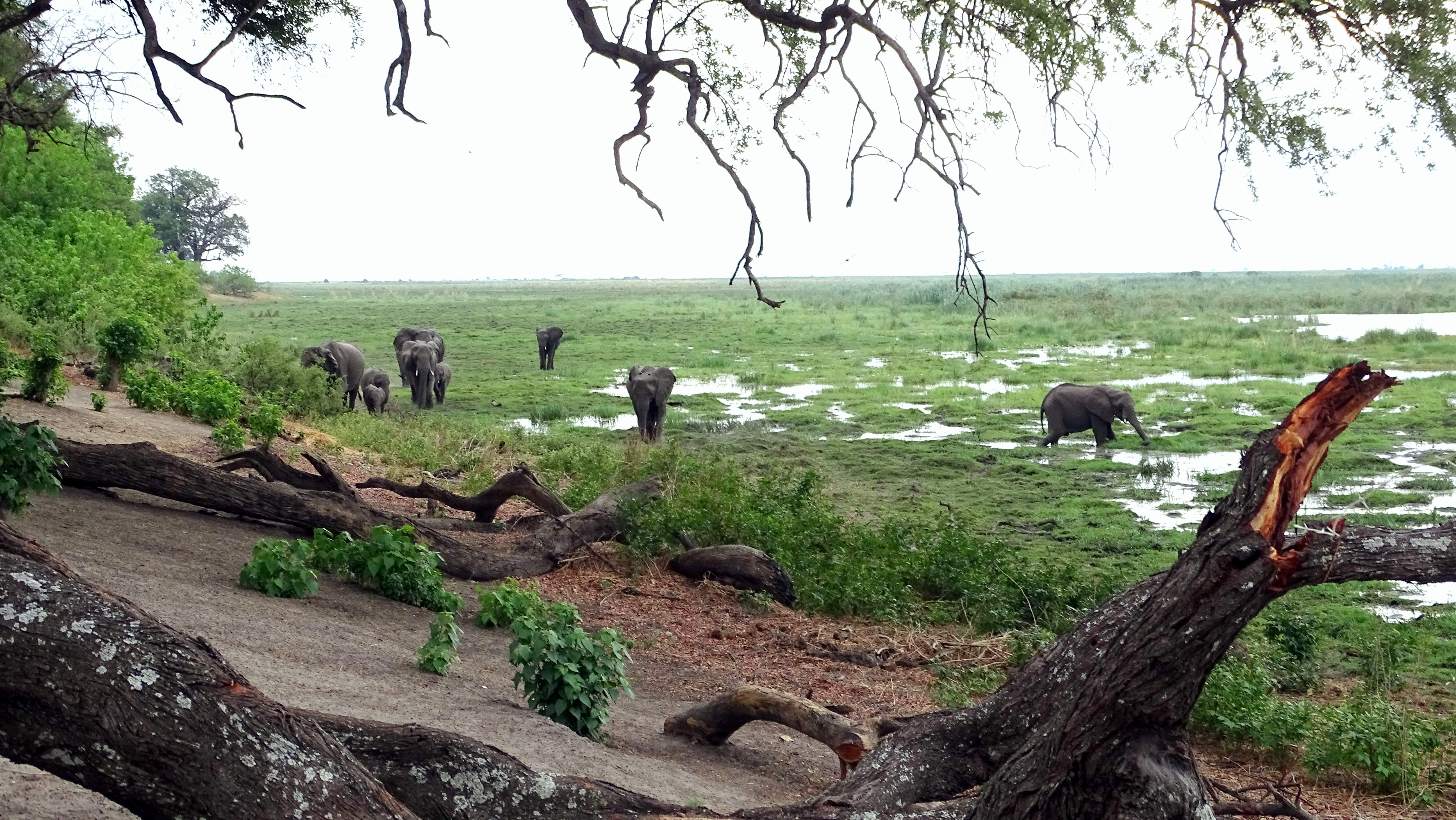
Keoladeo National Park lies between the ancient cities of Agra and Jaipur. Are you a bird lover? It’s a paradise for you! Once a hunting ground for maharajas, it became a sanctuary in 1972 and a national park in 1982.
Now UNESCO, the Central Asian Flyway protects migrating birds. During winter, various bird species, including endangered ones, fly along it.
This park is a mix of wetland and savannah, home to many bird species, including spoonbills, storks, and ibises. It’s unique because it’s completely enclosed by a 2-metre-high wall, protecting it from intruders and disturbances.
The nearby villages have started eco-friendly projects, which have had great results. For example, there’s been less cattle grazing in the park. Local communities are getting more involved in keeping the park safe. They’ve even removed invasive plants.
People from nearby villages now work as guides, taking visitors on cycle rickshaws. So, when are you planning to go here?
5. Chinnar Wildlife Sanctuary, Kerala
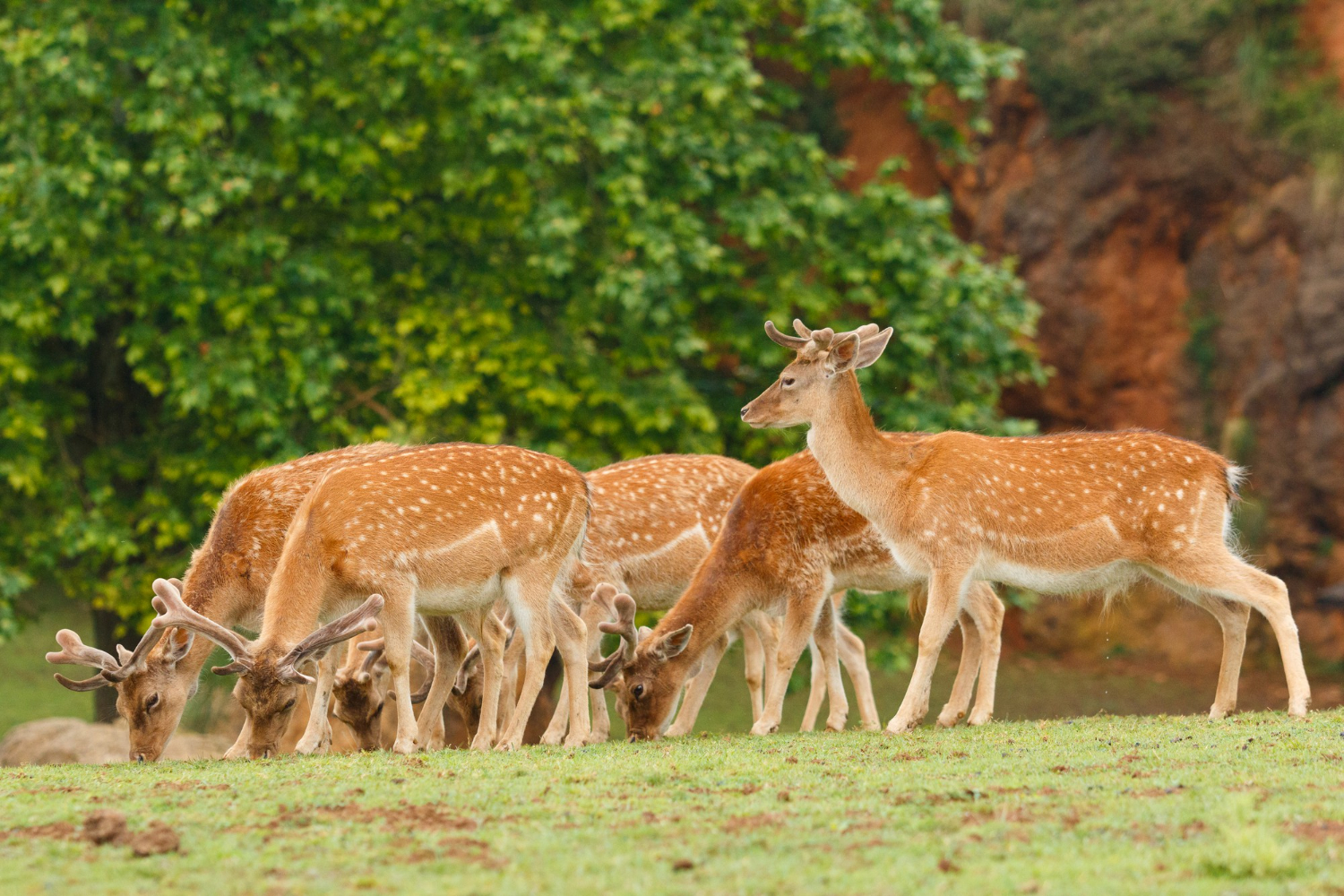
Chinnar Wildlife Sanctuary is one of Kerala’s big nature reserves, next to Periyar National Park. It sits on the Western Ghats and meets the Annamalai Hills in Tamil Nadu. Among Kerala’s 17 protected wildlife areas, Chinnar is special.
It’s even the only place in India that helps Indian Star Tortoises recover. The sanctuary connects with three others:
- Indira Gandhi Wildlife Sanctuary to the north
- Eravikulam National Park to the south
- Kodaikanal Wildlife Sanctuary to the east
The park is best visited between December and April. The sanctuary is massive, about 90.44 square kilometers, and filled with beautiful plants and scenery. You can walk through the lush greenery and snap photos of wild animals against the stunning backdrop.
It’s home to a diverse range of animals, including over 144 species, including panthers, monkeys, elephants, and more. Bird enthusiasts will also love it here, with around 225 species to spot, like the Yellow-Throated Bulbul, Grey Heron, and Black Eagle.
Suppose you want to book a visit to any of the parks. In that case, you can go to the official website of the National Parks and Wildlife Sanctuaries of India or contact a tour company or travel agency. Make sure to book before time, especially during busy times, because there’s a limit on how many visitors are allowed in the parks.
Aims of Government to Make National Parks
The government sets up National Parks to keep nature safe and healthy. They help protect plants and animals and allow people to enjoy nature and learn about it. National Parks of India are kept as close to their natural state as possible. Here are some reasons why the government makes National Parks:
- Protecting the natural processes that make our environment work, such as animal migrations and plant growth, is necessary to keep it healthy.
- Citizens also need to save genetic resources and the communities of living things that make up ecosystems.
- It ensures that nature stays balanced and plants and animals have enough space to thrive.
- Another objective is to teach people about the importance of nature and culture and give them fun ways to enjoy them. However, we must be careful not to harm the environment or cut down too many trees.
- It’s important to consider what local communities need and respect different cultures while ensuring enough room for people and wildlife.
- By promoting tourism responsibly, you can help local communities and nature simultaneously.
- It’s all about finding the right balance between people, animals, and the environment to benefit everyone.
Do’s and Don’ts
Here’s what you can and can’t do in National Parks of India:
- No human activities are allowed.
- Grazing of livestock is not permitted.
- You can’t own land or buildings there.
- Hunting or catching animals mentioned in the Wildlife Act is banned.
- No destroying, taking away, or using natural resources from the park.
- It’s illegal and heavily punished to harm plants or animals.
- Once a National Park, it can’t become a sanctuary again.
Latest National Parks of India
India’s latest national parks are in vital environmental areas and host various plant and animal species not seen elsewhere. Let’s explore the three newest ones:
- Dihing Patkai National Park
2021
2. Raimona National Park
2021
3. Jaldapara National Park
2014
Conclusion
India has tons of national parks waiting to be explored! But while you’re having a blast, remember to be a responsible visitor. Treat the animals, birds, and plants carefully – don’t harm them. Let’s work with Heavenleads to keep these parks safe and thriving for everyone!

